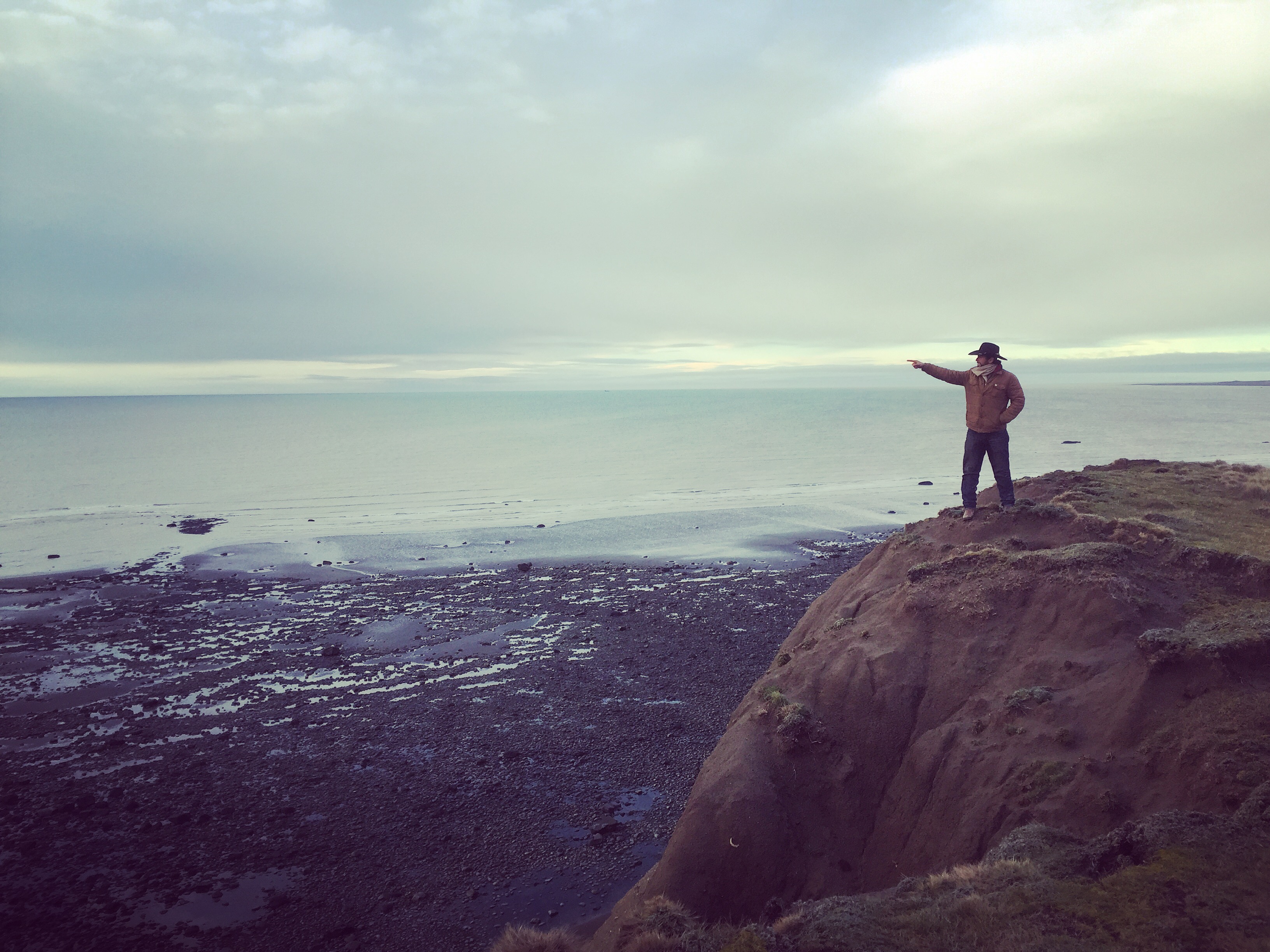Journey America Part 2
Tierra del Fuego 07.14.17

Never in my wildest dreams did I imagine the reception the universe had prepared for us in Tierra del Fuego!
In Estancia San Martin, the manager, Walter, a bulldog of a man originally from northern Argentina, threw a party for us. We were treated to a traditional lamb barbecue as well as a gigantic bottle of Jack Daniels and five bottles of champagne. I felt like I had won a championship race.
But the next morning I felt like I had crashed into a wall at 200 km/h.
While we drank the whisky and watched the lamb cook slowly, one of Walter’s friends, born and raised on the island, told us that when the first explorers arrived on the coastline by boat, they saw large bonfires throughout the island. To survive low temperatures and long winters, the Indigenous people never let fire die. “That’s why the island is called Tierra del Fuego” (Land of Fire), said the elderly gentleman.
The next morning I saddled Sapo under heavy, wet snow to begin our final 300-kilometre push to Ushuaia — the southernmost city in the world and our finish line. I wanted to feel excited about entering the final stage of this journey, but with the thermometer reading -3 C, all I felt was pain.
On the road to Rio Grande, the largest city on the island, we spent a night at one of the oldest and most important ranches in Tierra del Fuego. With 65,000 sheep, 300 cows and 120 horses, the stunning Estancia Sara employs more than 20 families and even has its own rural school.
“We run the largest sheep operation on the island today,” said Jorge Barria, the manager of the estancia over a glass of Cabernet Sauvignon.
Barria explained to us just how hard ranching is here on the island. Long winters, freezing temperatures, snow and llama-like guanacos are the type of problems we’ve heard about during our travels in the province of Santa Cruz. But here, they have another terrifying factor — wild dogs.
It is estimated that these beasts kill 10,000 head of sheep a year. An average rancher will slaughter 60 to 70 wild dogs each year in this region, yet the population continues to grow. Speaking to a rancher who runs a ranch 60 kilometres southwest of Rio Grande, we were able to understand just how big the problem is: “I used to have a flock of 22,000 sheep in 2010; today I have only 4,000 animals left,” said the elderly gentleman with sad eyes.
A large pack of wild dogs can take down a horse if they’re hungry. And more than 600 people report being attacked by these beasts every year.
The stats were terrifying and left Toti and I worried about our horses and our own lives. With 210 kilometres of freezing temperatures, ice-covered roads, heavy snow and howling winds ahead of us, we now have to worry about vicious wild dogs.
We truly are at the ends of the earth.
Twitter View All
@OrganikHipHop @TheSaurus831 @alexktwist @KingOfTheDot @RuinYourDayNow @NinoBless @GullyTK @regokotd This will be a banger 🔥
“Temos sérias preocupações de que o PL 2630 mude a internet que você conhece para pior e limite a inovação, a liberdade de expressão e a geração de oportunidades econômicas para todos os brasileiros.” Google Brasil #MaisDebatePL2630
RT @portolandia E, sem spoilers, o final deixa um gostinho de 'quero mais', esperando que as duas etapas seguintes — que ele já fez, indo do Alaska até Calgary e de Barretos até Ushuaia — também sejam registrados em todo seu esplendor. https://t.co/7BkLZ8dBxa pic.twitter.com/cx1fcXg5Xz